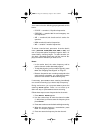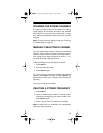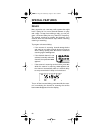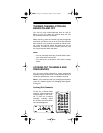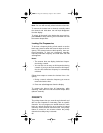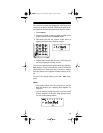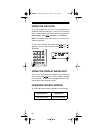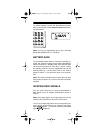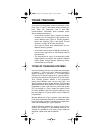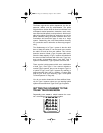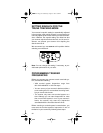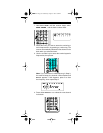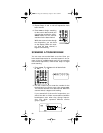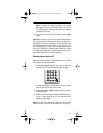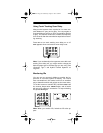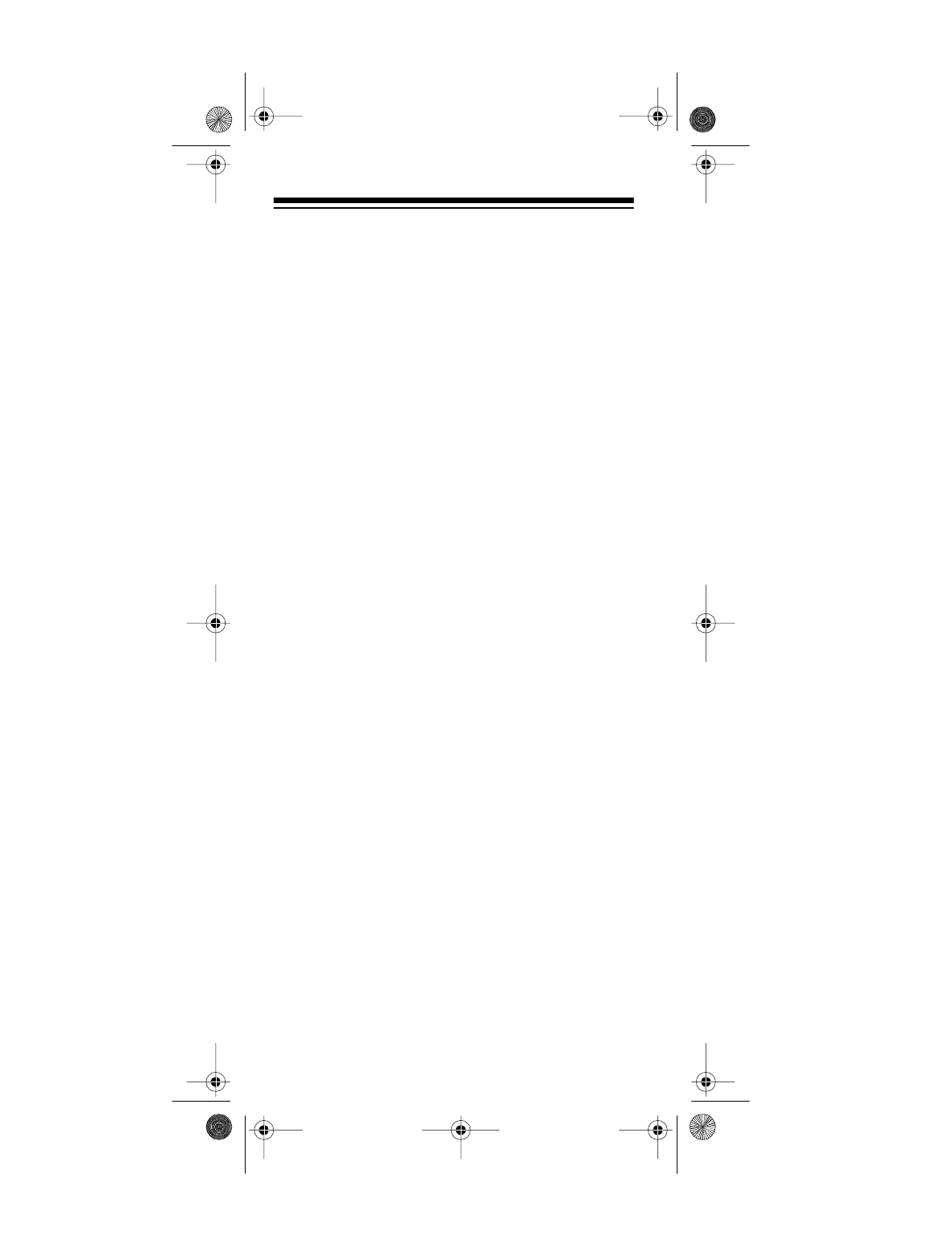
32
TRUNK TRACKING
Your scanner is designed to track transmissions on Mo-
torola Type I, Type II, and hybrid analog trunking sys-
tems, which are extensively used in 800 MHz
communications. Remember these important points
when tracking transmissions:
• Your scanner monitors Type II systems by default.
However, you can change this if the system in your
area is different (see “Types of Trunking Systems”
below and “Scanning Type I and Hybrid Trunked
Systems” on Page 44 for more information).
• Your scanner cannot track transmissions on non-
Motorola trunking systems.
• Your scanner cannot track an 800 MHz trunked sys-
tem and scan frequencies in conventional mode at
the same time.
• The frequencies for many of the 800 MHz public
safety systems are listed in the separate “National
Public Safety Trunked System Frequency Guide”
included with your PRO-90.
TYPES OF TRUNKING SYSTEMS
Your trunk tracking scanner can monitor two basic types
of systems —
Type I
and
Type II
. Instead of selecting a
specific frequency to transmit on, a trunked system
chooses one of several frequencies in a 2-way radio us-
er’s talk group when that user presses PTT (push to talk).
Thus, trunking systems allocate a few frequencies
among many different users, but the way Type I and
Type II systems do this is slightly different. One important
distinction between these systems is the amount of data
transmitted by each radio when its push-to-talk button
(PTT) is pressed. In a Type I system, the radio’s ID and
its current affiliation (the trunk system it belongs to) are
both transmitted. In a Type II system, only the radio’s ID
is transmitted.
Why the difference? In Type I systems, each radio in the
trunk group individually transmits its own affiliation, while
the trunk system maintains a database that determines
each radio's affiliation(s) in Type II systems.
Another difference between the systems is that Type I
systems are arranged in a fleet-subfleet hierarchy. For
example, it is possible for a city using a Type I system to
designate 4 fleets, each with 8 subfleets.
20-520.fm Page 32 Wednesday, August 4, 1999 3:06 PM



